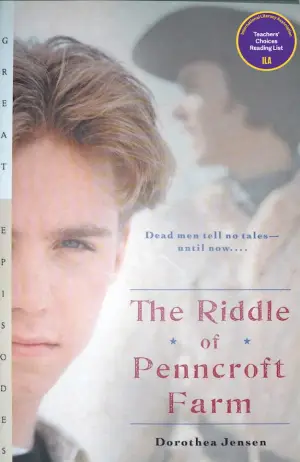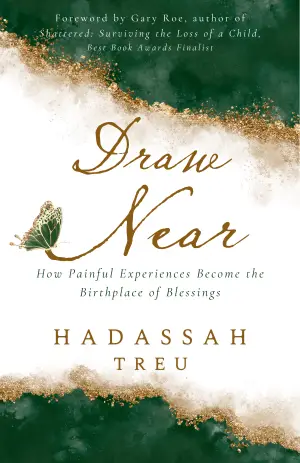Book Review: True Life in Uncanny Valley by Lara Williams
When I first stumbled upon True Life in Uncanny Valley by Lara Williams, I was instantly intrigued by the concept of blending contemporary themes with a comic book lens. As someone who often finds solace in the pages of graphic novels, the idea of a YA narrative exploring identity, family, and the implications of AI through such a vibrant perspective immediately caught my attention. Little did I know how deeply this novel would resonate with me!
At its core, True Life in Uncanny Valley tells the story of a girl determined to understand her estranged father, a man so engrossed in his ambitious AI project that he remains an enigma to his daughters. This quest for knowledge unravels in a clever and multilayered way. As the protagonist begins stalking her father’s house, analyzing her surroundings through the language of comic books—complete with heroes, villains, and explosive onomatopoeia—I found myself captivated by her unique worldview. The narrative deftly exposes the dangers of AI, not merely as a tool but as a looming presence in our culture that threatens creativity, individuality, and the very fabric of human connection.
Williams paints a vivid picture of the protagonist’s tumultuous family life. The dynamic is raw and relatable, especially her feelings of displacement at home, where her mother and sister make her feel like an outsider. It struck a chord with me, echoing the universal struggle of belonging. What shines through is the complexity of human relationships, both at home and within her new role as a nanny to her half-brother. It’s a delightful twist that adds depth and complexity to her search for identity and belonging.
The writing style is sharp and evocative. Williams cleverly intersperses comic book language, which adds a playful yet profound dimension to the storytelling. The pacing feels just right—thoughtful in its reflection yet brisk enough to keep the plot moving. Notably, moments of introspection are balanced with bursts of action reminiscent of comic book panels, making for an engaging read.
One line that lingered with me was the protagonist’s growing recognition of the imperfections in life. It’s a sentiment that encourages self-acceptance and the idea of finding beauty in messiness. This theme of embracing one’s flaws and those of others is beautifully illustrated as she evolves from a girl seeking approval into an empowered young woman poised to make a difference.
As I closed the book, I found myself pondering its bigger questions: Are we, as a society, handing the reins of education, creativity, and individuality over to AI? What does it mean to truly be oneself in a world so saturated with technology that it threatens our core humanity?
I wholeheartedly recommend True Life in Uncanny Valley to anyone—be they young adults or those who simply appreciate a thoughtful narrative. It’s a book that will spark discussions and, I hope, inspire a new generation to think critically about the tools they wield. My reading journey with this novel was nothing short of thought-provoking, and I will be recommending it for years to come. Whether you’re a fan of comic books or just curious about AI’s future impact, this book will leave you reflecting long after the final page. Happy reading!
Discover more about True Life in Uncanny Valley on GoodReads >>






